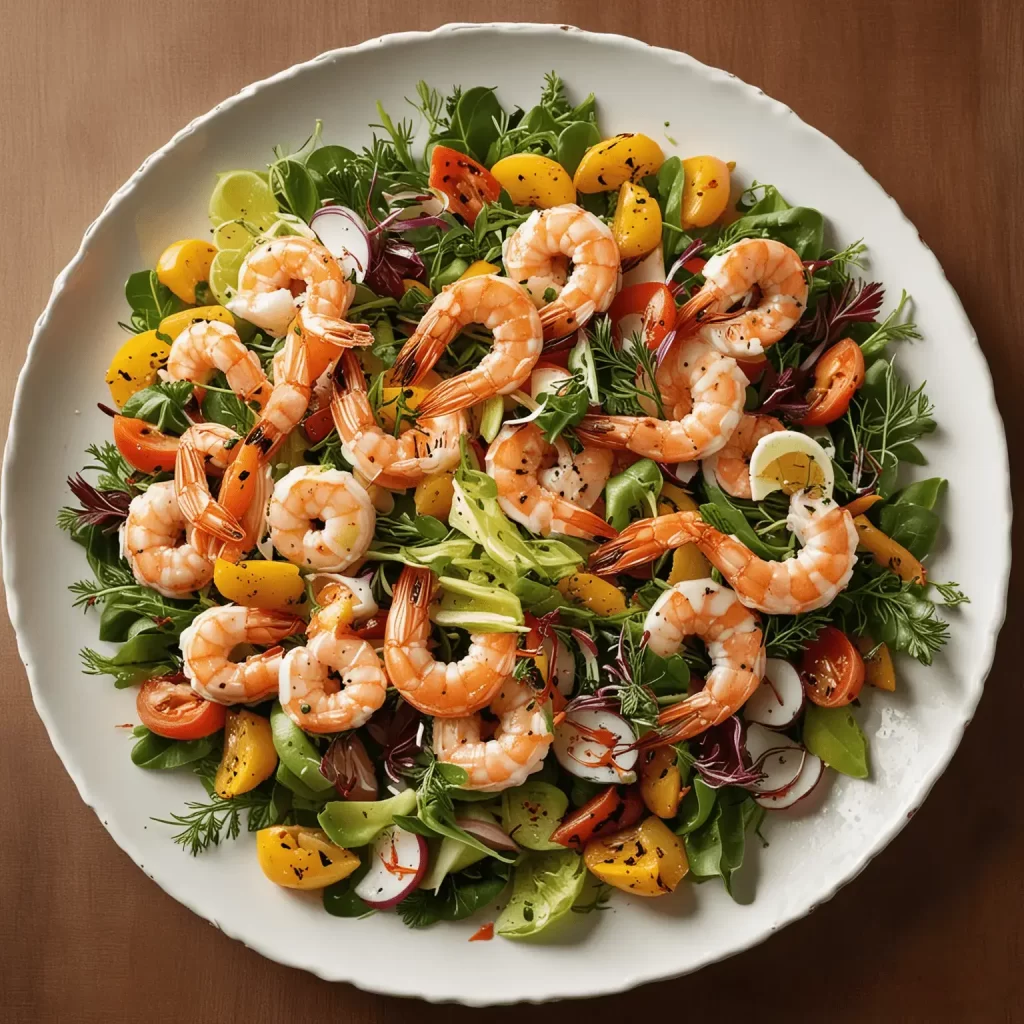Welcome to our comprehensive guide on the nutritional powerhouse known as shrimp! As an athlete, you’re constantly seeking ways to optimize your performance, and shrimp can be a fantastic addition to your diet. In this article, we’ll delve into the health benefits, athletic performance enhancements, comparisons to other fish, types of shrimp available, delicious ways to enjoy them, and essential nutritional information.
Powerful Protein: Exploring the Benefits of Shrimp for Athletes
Health Benefits:
- High Protein Content: Shrimp is packed with protein, essential for muscle repair and growth.
- Rich in Omega-3 Fatty Acids: Promotes heart health and reduces inflammation, aiding in faster recovery.
- Low in Calories and Fat: Ideal for maintaining a lean physique while providing essential nutrients.
- Excellent Source of Micronutrients: Contains vitamins and minerals like selenium, vitamin B12, and zinc, supporting overall health and immune function.
Athletic Performance:
- Muscle Recovery: The high protein content in shrimp facilitates muscle repair and recovery post-workout.
- Energy Boost: Omega-3 fatty acids help improve endurance and energy levels during training sessions.
- Reduced Inflammation: Omega-3s also aid in reducing exercise-induced inflammation, promoting faster recovery between workouts.
Shrimp Compared to Other Fish:
Shrimp stands out among other fish due to its:
- Lower Mercury Levels: Shrimp typically contains lower mercury levels compared to larger fish species like tuna and swordfish.
- Lean Protein Profile: Shrimp provides a high protein-to-fat ratio, making it an excellent choice for athletes watching their calorie intake.
Cholesterol Concerns:
Despite containing dietary cholesterol, shrimp’s low saturated fat content may mitigate its impact on cholesterol levels. Rich in heart-healthy omega-3 fatty acids, shrimp can be part of a balanced diet without significant cholesterol concerns.
Moderate shrimp consumption within a diverse diet is unlikely to adversely affect most individuals’ cholesterol levels. However, those with specific cholesterol concerns should seek guidance from healthcare professionals to tailor their dietary choices accordingly.
Different Types of Shrimp:
- Gulf Shrimp: Known for their sweet flavor and firm texture, Gulf shrimp are popular in many seafood dishes.
- Pacific White Shrimp: Mild in flavor and versatile in cooking, Pacific white shrimp are widely available and easy to cook.
- Black Tiger Shrimp: These large, flavorful shrimp are prized for their robust taste and firm texture, perfect for grilling or sautéing.
- Spot Prawn: Sweet and succulent, spot prawns are a delicacy prized for their unique flavor and tender texture.
Ways to Enjoy Shrimp:
- Grilled: Marinate shrimp in your favorite spices and grill them for a delicious and healthy meal.
- Stir-Fried: Toss shrimp with fresh vegetables and soy sauce for a quick and nutritious stir-fry.
- Shrimp Tacos: Fill soft tortillas with grilled shrimp, avocado, and salsa for a tasty and satisfying meal.
- Shrimp Salad: Add boiled or grilled shrimp to a bed of greens, vegetables, and your favorite dressing for a light and refreshing salad option.

Nutritional Information (per 3 oz serving):
| Nutrient | Amount |
|---|---|
| Calories | 84 |
| Protein | 18g |
| Total Fat | 1.7g |
| Omega-3 Fatty Acids | 0.2g |
| Vitamin B12 | 1.2mcg |
| Selenium | 30.4mcg |
| Zinc | 1.5mg |
FAQs:
Q: Is shrimp safe for athletes with seafood allergies?
A: It’s essential to consult with a healthcare professional if you have seafood allergies before incorporating shrimp into your diet.
Q: Can shrimp be consumed as a post-workout meal?
A: Yes, shrimp’s high protein content makes it an excellent option for post-workout muscle recovery and growth.
Q: Are there any concerns about shrimp sustainability?
A: Choosing sustainably sourced shrimp, such as those certified by organizations like the Marine Stewardship Council (MSC) or Aquaculture Stewardship Council (ASC), can help mitigate environmental concerns associated with shrimp farming and harvesting.
Q: How should shrimp be stored to maintain freshness?
A: Store raw shrimp in the coldest part of your refrigerator and use them within two days of purchase for optimal freshness. Alternatively, shrimp can be frozen for up to six months for long-term storage.